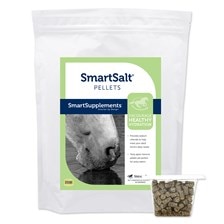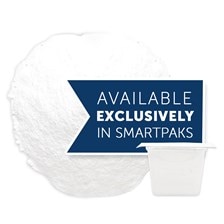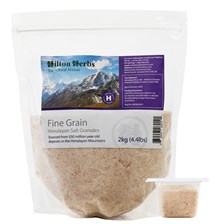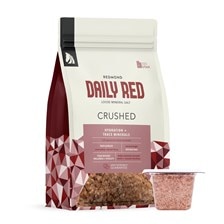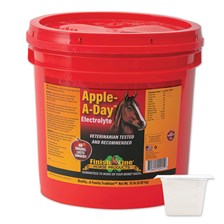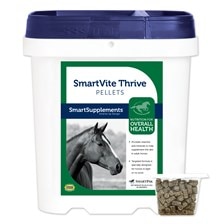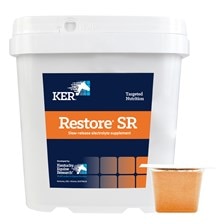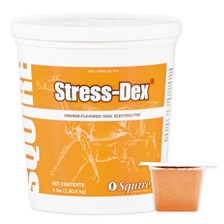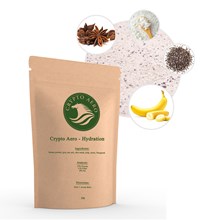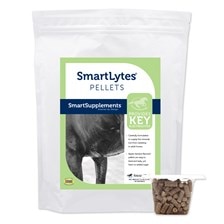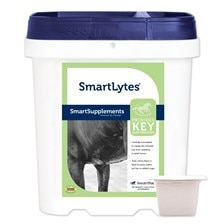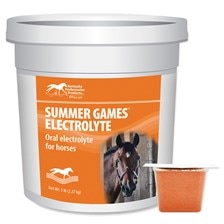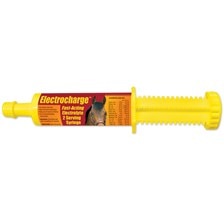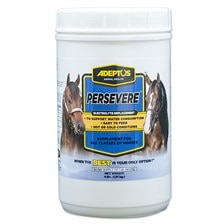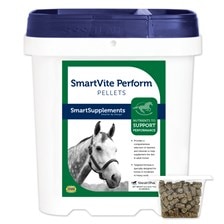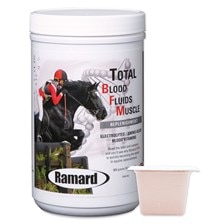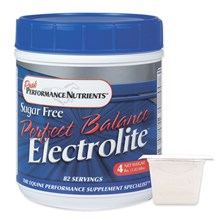Salt for Horses
What it is & who it’s for: Sodium (Na) together with chloride(Cl) make up common table salt (NaCl). They are electrolytes, or, minerals dissolved in the bloodstream, important in maintaining the horse’s hydration status, acid-base balance, and many normal body functions such as muscle contraction, nerve impulses, and the transport of other compounds (like glucose or blood sugar) across cell membranes.
Source and Bioavailability: While the NRC Nutrient Requirements of Horses lists daily minimum levels for both sodium and chloride, sodium is naturally low in most horse feedstuffs (pasture, hay, grains) so recommendations are based on it. Loose salt either provided separately or topdressed over feed is the best way to ensure that a horse is receiving the daily requirement, and options are iodized table salt, sea salt, rock salt (such as Himalayan) or kosher salt. Many horses do not take in adequate amounts of sodium when offered traditional, man-made pressed salt blocks, but do enjoy licking hard, smooth mineral rock salt blocks
Serving Size: An 1100lb adult horse in no work needs 10g of sodium daily. This can be met by giving about 1oz (2 tablespoons) of salt per day. The requirement increases to 41g of sodium for a horse in very heavy exercise, which is 4oz or 8 tablespoons, about ½ cup.
Complementary Ingredients: Other major electrolytes include potassium (K), calcium (Ca), phosphorus (P), and magnesium (Mg), which must also be present in the horse’s diet in adequate amounts.
Toxicity/Side Effects: Some horses excessively lick their salt blocks but this is more of a nuisance than a health concern because extra sodium beyond the daily requirement is simply excreted in urine (as long as sufficient drinking water is available). However, it’s always a good idea to talk to a veterinarian when a horse is not behaving normally.
